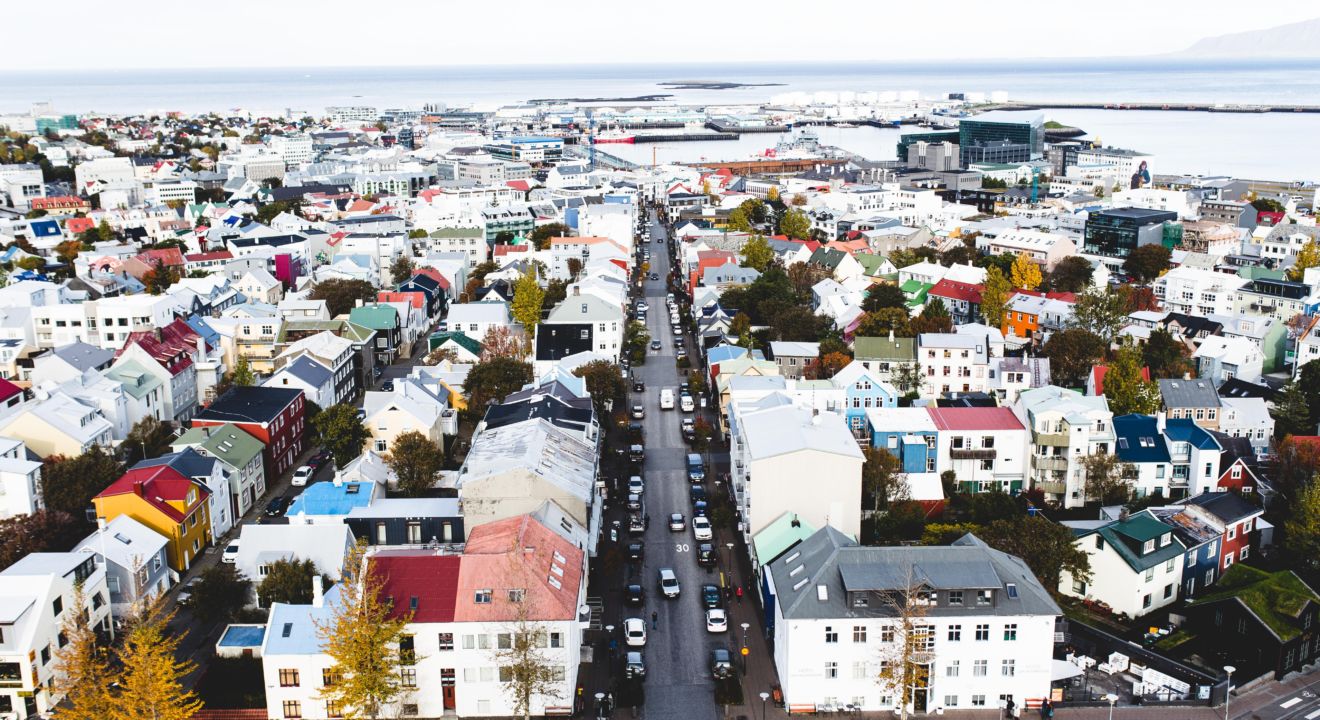Sustainability June 9, 2011
The McMansion of your dreams isn't a sustainable option.


Let’s face it, the Great Recession has not been a plus for the green movement overall. Most ordinary Americans are still sympathetic to the cause, but their willingness to spend even a penny extra for environmentally friendly products has been dampened by four dollar gas, five dollar cereal and loss of equity in their homes.
On the other hand, a positive by-product of all this is a lot less enthusiasm for what used to be part of the American dream: a McMansion of your very own, and the extra cars, boats and even planes that went along with this be-careful-what-you-wish-for icon. I know many successful boomers who are now moping around their 8 to 12,000-foot monuments to capitalism (many of them rendered in classic McMansionesque Tuscan style architecture) wondering what to do with the unused acres of space. “The Brady Bunch house seems like a shack compared to the dream of the typical middle class homebuyer/builder,” said New York copywriter Jenny Lazar in an email to me on this subject. Indeed, her point is well taken, what used to be considered a large house is of modest dimensions by today’s standards.
This is not meant to pass judgment on a long-standing tradition and part of the American Dream as we used to know it: a large, spacious home featuring huge foyer, high ceilings, many bedrooms and bathrooms, giant dining room and eat-in kitchen, multi-car garage, and more. Instead, this is to point out that perhaps America’s long-standing love affair with this type of — not very green — home has finally run its course?
I can think of a number of successful friends who live in houses of this description. Surprisingly, many of them are empty-nesters or have only one or two children, which is hardly enough to fill a home with six to ten bedrooms. Other than the several times per year that they host major parties, community events and/or charity functions, they just aren’t getting the value out of their super sized abodes. And a lot more often than you’d think, these homeowners are saying, “boy, if I could get out of this place whole, I’d like to sell it and downsize to a smaller house…”
Why do they want out? Usually, it’s not only the unused space, but the carrying costs. Heating, cooling, cleaning and maintaining huge homes is an expensive proposition. Not to mention, the property taxes. The care and feeding of a large home is a big responsibility that seemingly never ends.
Indeed, magazines like DWELL, and websites such as Inhabitat.com — both leaders of architectural style and design – showcase smaller homes for families of up to four members. Usually these are in the 1,000 to 3,000 square foot range, built with fully sustainable materials and state-of-the-art energy efficient HVAC systems. Upon considering this trend versus the longer-standing bigger is better, Sierra Club Green Home.com proposes a new industry standard that balances our longtime desire for lots of space with the current and future need to downsize: one thousand square feet per inhabitant, max. So, a family of four would get up to 4,000 square feet, a childless couple would have 2,000 feet or less, and so on. Sorry, pets don’t count as people (although my personal bias is that having a large dog in a very small space is not healthy for the animal).
No doubt hardcore environmentalists will think this plan is too liberal, but I believe we have to start somewhere and we have to be realistic about the ability to change long-standing philosophies overnight. Perhaps ultimately downsizing should mean 750 or even 500 square feet per inhabitant? For now, however, in this first incantation, I think the 1,000 feet per person proposed by Sierra Club Green Home makes sense.
One small problem presents itself in all this: what do we do with the multitude of huge homes that are on the market now and will be even more plentiful once the downsizing trend catches fire? Indeed, McMansions in most major cities can be bought for hundreds of thousands if not millions less today than at the peak of conspicuous consumption, 2007. This probably won’t change given the dynamics of the market. Think about it, the older empty nesters increasingly want to voluntarily downsize, for sustainability among other reasons. And to their credit, the new, younger generation of successful people don’t seem to want the huge homes. They are gravitating toward the smaller, hipper, more sustainable structures featured in DWELL and Inhabitat.com. Which is great for sustainability in general, as these younger opinion leaders are setting a new standard for what is considered “making it” in American business.
Overall, too many McMansions on the market could be viewed as a positive. How they will be absorbed by the marketplace overall is an issue, but in general, we see a very real possibility that downsizing may become “the new black” in terms of what’s considered chic, hip, cool AND sustainable. And that’s a good thing overall.
Does your current living arrangement meet the measuring stick? We want to know, let us hear from you, thanks!